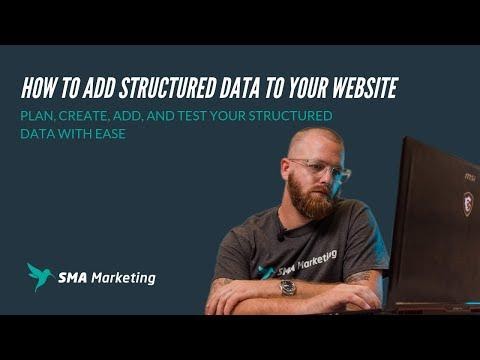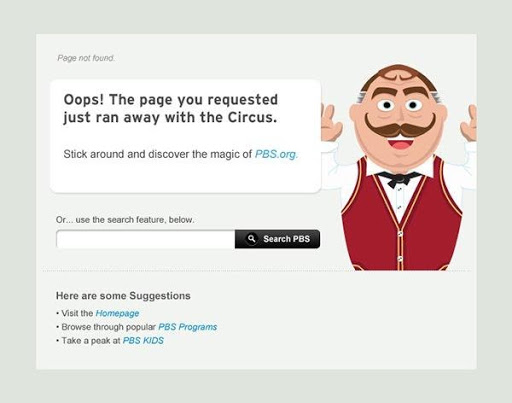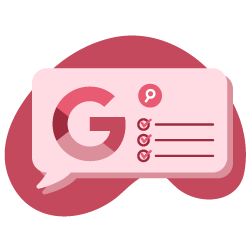Search engine optimization (SEO) is a key component of a brand’s visibility. Considering that 3 out of 4 internet users only use the initial page of results that appear when doing an internet search, you may as well not even bother with maintaining a website at all if it is invisible to Google and the individuals who rely on it for information. In order to land on Page 1 of their search results, however, you need technical SEO skills. Being mindful of these top 10 SEO abilities will help you not only land on that coveted first page, but also as one of the very first results.
1. Create a sitemap to help search engines
In order to make sure that people can find your valuable content, you need to make it easy enough for them to find. How? Create a sitemap – a file on your website that lets search engines like Google know about any changes you make to your website.

2. Create navigational elements for users
In addition to having a helpful sitemap, having navigational elements is also helpful. While a sitemap shows how the website is organized and where every page lives, the navigational elements help users get to each page and use the content. This involves linking to different pages within the website so users have multiple ways to access it.
When you use JavaScript to create a web page, be sure to use HTML tags, which define hyperlinks used to link pages to each other.
3. Hide low-ranking pages
While it is important to tell Google which pages to find, it is just as important to identify which pages you don’t want to be found. For example, if you have certain web pages–such as landing pages for PPC campaigns–that are vital to your website, but that most users won’t find useful, those pages will rank low in the search results and affect the overall authenticity of your website. Therefore, you should do what you can to “hide” those pages. In an effort to aid web developers with this task, Google has created a robots.txt generator that you can place in the root directory of your website.
It is important to note, however, that Google can still technically index pages blocked by robots.txt. Therefore, any pages that have sensitive content should be hidden using a method that is more secure, such as using a meta robots no-index tag.
4. Use tags properly
Each web page should have a title as well as a <title> tag that informs users and Google what the topic of each page is. It should also inform Google how each page is different, so they’ll need to have unique but accurate page titles.
Your pages will also need a description meta tag that goes into a little more detail about what each page provides than the title tag would. It could be as short as a sentence or as long as a paragraph, as long as it is accurate and original. Both the <title> tag and the <description> tag should be placed in the <head> element of the HTML document.

Source: Quora
It is also important to use heading tags. Tagging important headings – and as a result, making that text larger – lets users and Google know, “Hey, this text is important to helping you find the information you’re looking for.” In addition, using different heading sizes/subheadings can be even more effective in helping readers navigate your content. Start by creating an outline and then choosing which parts can serve as effective headings and subheadings.
5. Utilize structured data
An even more helpful way to detail your content for Google is to use structured data, which is code that can be added to the pages of a website to describe them. If Google understands what’s on a page, thanks to structured data, it can display your page’s content in a way that is not only useful but also intriguing for visitors. How? It picks one of your pages for its “featured snippet” for a particular search or searches using what’s technically called “rich results.” Examples of rich results can be the location of your store (if you have one), your hours, what you’re selling or the service you’re providing.

After you’ve added your structured data code to your content, it is a good idea to test it using the Google Rich Results Test. You can use the test by either copying and pasting the HTML code with the structured data markup, or enter the uniform resource locator (URL) of the content.
Once you’ve marked up your pages, your job never ends. It is important to periodically check in and keep track of how they’re performing. By using one of the rich result reports in Google’s Search Console, you can get insight as to how many times your pages appeared in search results, how many users clicked on them and how many errors were detected, if any.
6. Account for smart devices
One of the most significant shake-ups to hit the world of SEO is the rise of smart devices that conduct their search based on what the user verbally tells it to look for. It might be sufficient to have your web pages appear on the first page of a user’s search results, but it isn’t enough to account for smart speaker users.
The reason for this is that, when someone asks their smart speaker a question, Google turns to one of the top 10 search results in an effort to accurately answer it. In a quest to find the most authentic result out of those top 10, it is most likely to use the featured snippet. That’s why it is so important to make sure you use structured data to ensure you get rich results, especially considering that 55% of U.S. homes are expected to have smart speakers by the year 2022, according to Juniper Research.
7. Know how to use URLs
In order for Google to be able to crawl content and refer users to it, each piece of content needs a unique URL. For example, if you have an online shoe store, you need a separate URL for each pair of shoes and for each category of shoes you sell. Those shoes may be categorized further into different sizes. One example of how a URL for a size 12 pair of men’s slippers would be:
https://www.shoestore.com/slippers/mens?size=12
[Case Study] Improving rankings, organic visits and sales with log files analysis
8. Use HTTPS
Notice the “S” after HTTP in the example of the shoe store mentioned previously. The HTTPS, as opposed to HTTP, means that the site is secure. It stands for “hypertext transfer protocol secure.” It basically protects the data between your website and the data that the user enters into it. This is especially important for e-commerce websites, but with new rules related to data privacy, it is a good practice for every website to use HTTPS.
Data that is sent using HTTPS is made secure by using Transport Layer Security (TLS) protocol. TLS protocol provides three layers of protection: authentication, encryption and data integrity.
- Authentication provides proof that real users interact with your website. As such, it builds user trust and boosts SEO rankings.
- Encryption is a way of scrambling data so that it is only visible to intended viewers, whether that is personal information, conversations, bank account information or anything that requires a login and password.
- Data integrity results in the fact that data can’t be viewed, corrupted or changed by unauthorized viewers during transfer.
9. Customize a helpful 404 page
When users type in the wrong URL or click on a broken link, you’ll want to let them know that even though the particular page they requested isn’t working, they have indeed reached their intended domain. That’s what a 404 page is intended to do, and it is important to have one.
Without one, users who click on that broken link or page under construction could get rerouted by Google to another broken page or bounced off your site completely. And you don’t want them to ever leave your site. Instead, you want them to stay and head back to the site map or home page to try again.
Customizing a clever 404 page that has your home page linked to it not only helps direct visitors back to where you want them, but also lets them know that your business or website still exists despite that particular page being under construction.

“PBS 404 Error Page,” by Uy Tieu
10. Check for broken links
While having a 404 page is helpful, you don’t want that to be what users see if they don’t have to. When someone is directed to a 404 error page, it not only affects the user experience negatively but also your search rank. Using tools like Google Chrome’s Broken Link Checker can help you identify and fix broken links.
The world of SEO is constantly evolving. You can’t simply publish your website and assume your content is so good that people will be drawn to it. There will always be savvy – and even deceptive – people who may even have worse content but be better at marketing it. By beating them to the punch and honing in your basic technical SEO skills, you can protect the content and brand you’ve worked so hard to build.

